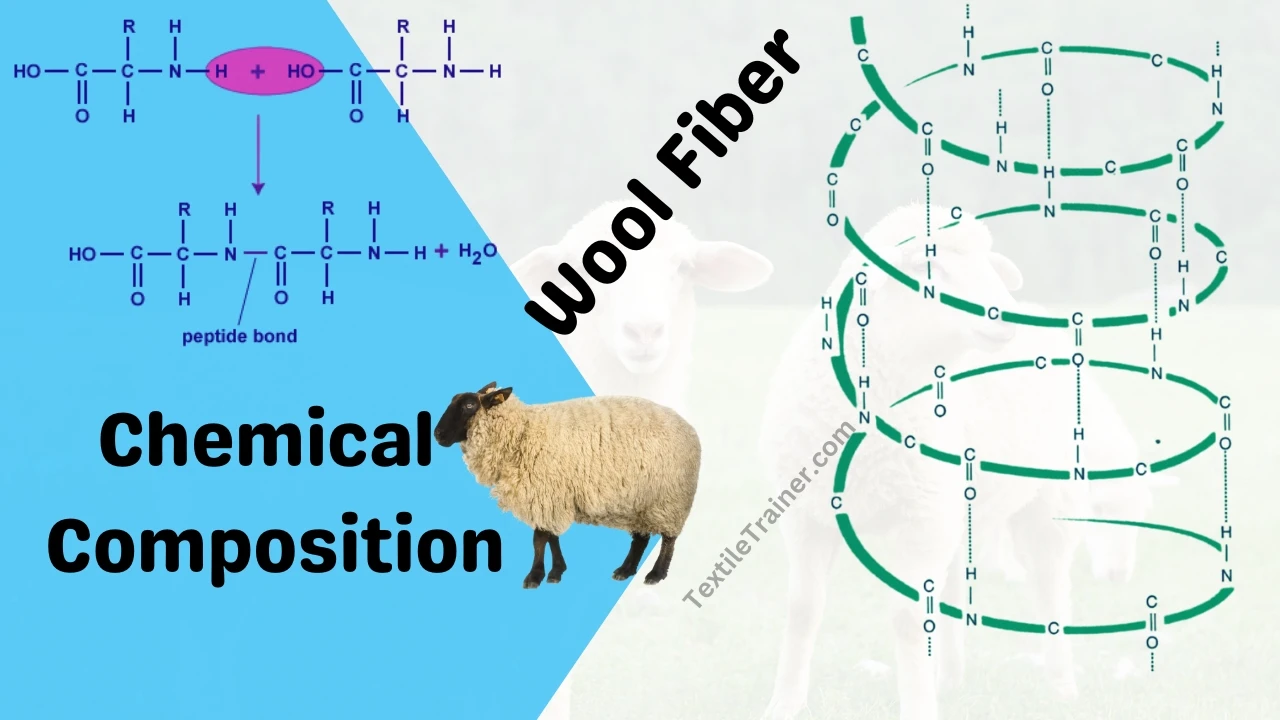18 Easy Differences Between Natural and Synthetic Fiber
What is Textile Fiber?
This article is about differences between natural and synthetic fiber. Before going to the differences, let’s learn what is fiber? Textile fibers are materials of natural or artificial origin that can be converted into yarn and fabric for clothing and domestic or industrial purposes by interlacing or interlooping. In other words, textile fiber is a class of natural or manufactured materials with some unique properties, i.e., spin ability or spun-able, high length-to-width ratio, sufficient strength, flexibility, dyeing ability, cohesiveness, stiffness, ability to resist, good elongation properties.
According to nature and origin, textile fiber is divided into two. Such as:
- Natural fiber.
- Man-made fiber/ Synthetic fiber
1. Natural fiber
Natural fiber:-The fiber those are obtained from plants and animals are called natural fibers. The basis of our life is solar energy. The combination of H2O, CO2, soil, and solar power the plant produces. Cellulose is the fundamental structural element of natural fibers extracted from trees or plants. This cellulose is formed through the photosynthesis of carbohydrates by green plants from CO2 using solar energy and water. Most natural fibers are formed from cellulose. All the properties of natural fibers are controlled by nature. The fabric made from natural fiber is comfortable and suitable for health.
Examples: Cotton, Jute, Remi, Flax, etc.

2. Man-made fiber/ Synthetic fiber
Man-made fiber: The fiber made by humans with a chemical reaction is called man-made fiber. These fibers are made using a chemical reaction in which a polymer is extracted using a spinneret and turned into usable fiber. Some of the man-made fibers are made from cellulose. Cellulosic man-made fibers are regenerated from the polymer of plants, i.e., wood, bamboo, and cotton lints. The cellulosic component is dissolved and forced through the spinneret. Then polymeric solution solidify by chemical reaction. But most of the mad-made or synthetic manufactured fibers are derived from petroleum products. The fabric made from man-made fiber is less comfortable and unsuitable for health. Man-made or synthetic fibers are cheaper than natural fibers.
Examples: Nylon, Polyester, Polyamide, Acrylic, etc.

Differences between Natural and Synthetic fiber are given below:
Following are the 18 most important differences between natural and synthetic fiber
| S/N | Natural Fiber | Man-made fiber/Synthetic fiber |
| 01 | The fibers collected from nature are called natural fiber. | The fibers which are developed by chemical reaction are called man-made fiber. |
| 02 | Natural fibers are easy to dye. | Man-made fibers are not easy to dye. |
| 03 | Natural fibers are hydrophilic | Man-made fibers are hydrophobic. |
| 04 | Number of molecules are controlled by nature. | Number of molecules are controlled by man. |
| 05 | The length can’t be controlled. | Length can be controlled. |
| 06 | Dust and trash are remained in fiber | No dust and trash are remained in fiber |
| 07 | Life time of natural fiber is comparatively less than man-made fiber. | Life time of man-made fiber is high than natural fiber. |
| 08 | The fabric made from natural fiber is comfortable and good for health. | The fabric made from man-made fiber is less comfortable and not good for health. |
| 09 | Natural crimp is present. | Natural crimp is absent. |
| 10 | Natural fiber is expensive. | Man-made fiber is cheaper than natural fiber. |
| 11 | Natural colors are found. | No natural color is found. |
| 12 | Natural fiber is hygienic. | Man-made fiber is not hygienic |
| 13 | It is not favorable for finishing. | It is favorable for finishing. |
| 14 | Impossible to change structure. | Possible to change structure. |
| 15 | No need spinnerator. | Need spinnerator to produce filament. |
| 16 | Less strength and durability | More strength and durability. |
| 17 | Natural fiber has a great demand as humans wear. | Mad-made fiber is widely used in every day life except humans wear. |
| 18 | Scouring and bleaching process need before dyeing. | No need to scouring and bleaching except very few cases before dyeing. |
Conclusion:
The raw material which is used to produce yarn in order to make fabric and has sufficient length pliability, fineness, flexibility and strength to be spun is called textile fiber. Differences between natural fiber and synthetic fiber have been described in this article. Synthetic fiber also called man-made fiber or artificial fiber. Please comment and share my post to reach so many people. If you have any question about differences between natural and synthetic fiber, feel free to ask using comment box.



